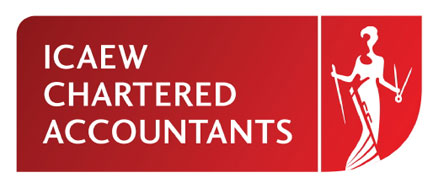Draghi’s Words Can Bite and $1.2 Trillion of Bonds Show How Much
February 16,2016
Investors are expecting Mario Draghi to deliver more stimulus and not disappoint them for a second time.
With the European Central Bank president set to give his next policy announcement on March 10, traders are positioned for a monetary-easing bonanza judging from the pace at which euro-region bond yields are dropping to new lows.
The amount of debt yielding less than minus 0.3 percent — meaning it can only become eligible for ECB purchases if policy makers cut the deposit rate — jumped more than one-third to at least $1.22 trillion since the central bank’s Jan. 21 meeting. That’s when Draghi signaled more stimulus may be in the pipeline. He told the European Parliament on Monday that lower oil prices and market turbulence might prod the ECB to take action to revive inflation.
“This is how dovish rhetoric can bite,” said Peter Chatwell, head of rates strategy at Mizuho International Plc in London. “The market believes that the ECB will do more in March, hence such a high proportion is trading below the current deposit rate.”
In the run-up to the ECB’s December meeting, yields plunged in anticipation of it boosting already unprecedented stimulus measures. The 10 basis-point deposit rate cut and six-month extension to the bond-purchase plan underwhelmed markets and triggered a quick reversal in sliding yields. Germany’s 10-year yield jumped the most since 2011 that day.
A 10 basis-point cut to the deposit rate in March is almost certain, according to forward contracts. This move, if it came today, would free about $400 billion worth of debt for the ECB’s asset-purchase plan, based on the Bloomberg Eurozone Sovereign Bond Index. The program is designed to boost inflation and stimulate the regional economy.
Policy makers “have been far too intransigent,” said Mark Dowding, a London-based portfolio manager at BlueBay Asset Management LLP, which oversees $60 billion. “They haven’t delivered enough, quickly enough, to actually stimulate economic demand. It’s going to be very difficult for Draghi to overachieve what are now already very inflated expectations.” Dowding said he’s been adding peripheral bonds to his portfolio.
Germany’s two-year note yields, which reached a record low of minus 0.557 percent on Feb. 11, were at minus 0.51 percent as of 9:08 a.m. in London. Yields of similar-maturity debt from France, Spain and Belgium have also have touched sub-zero levels.
The euro overnight index average, or Eonia, rate has consistently fallen with monetary easing by the ECB and futures are signaling a 10 basis-point cut to the deposit rate in March. This might disappoint those expecting more aggressive easing, like JPMorgan Chase & Co., which last week revised its call to a 20-basis-point cut.
Last month, Draghi reiterated that fulfilling the ECB’s inflation mandate was crucial and that the central bank remained willing to act if needed. On Monday, he highlighted oil and recent turmoil in stock markets as potential challenges.
“If either of these two factors entail downward risks to price stability, we will not hesitate to act,” he said.



